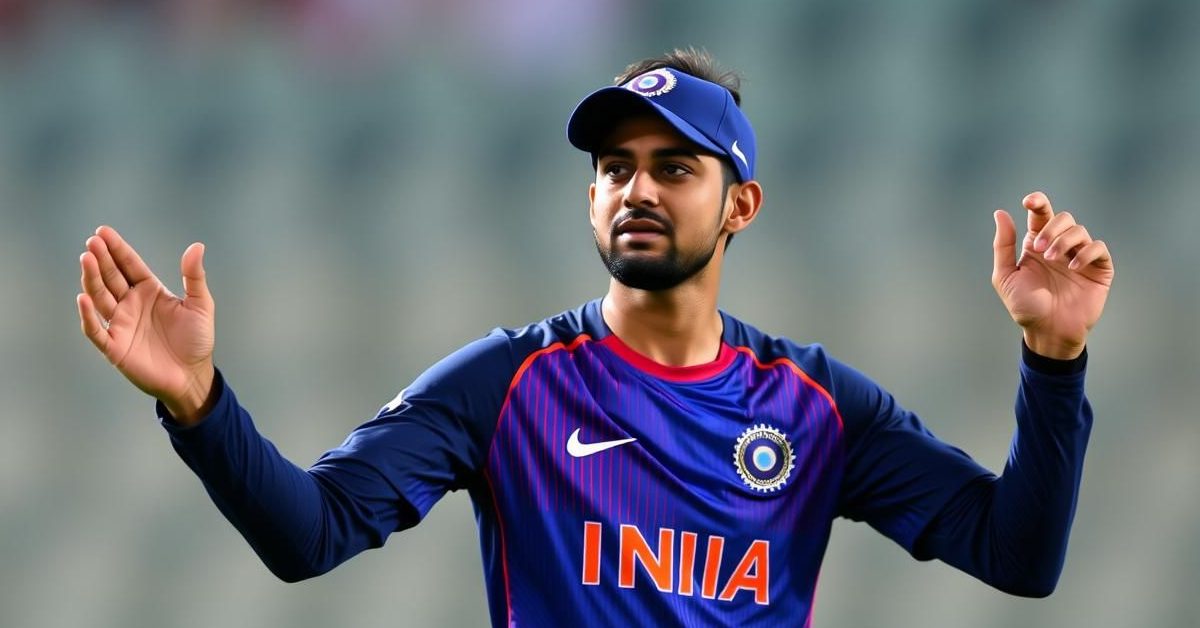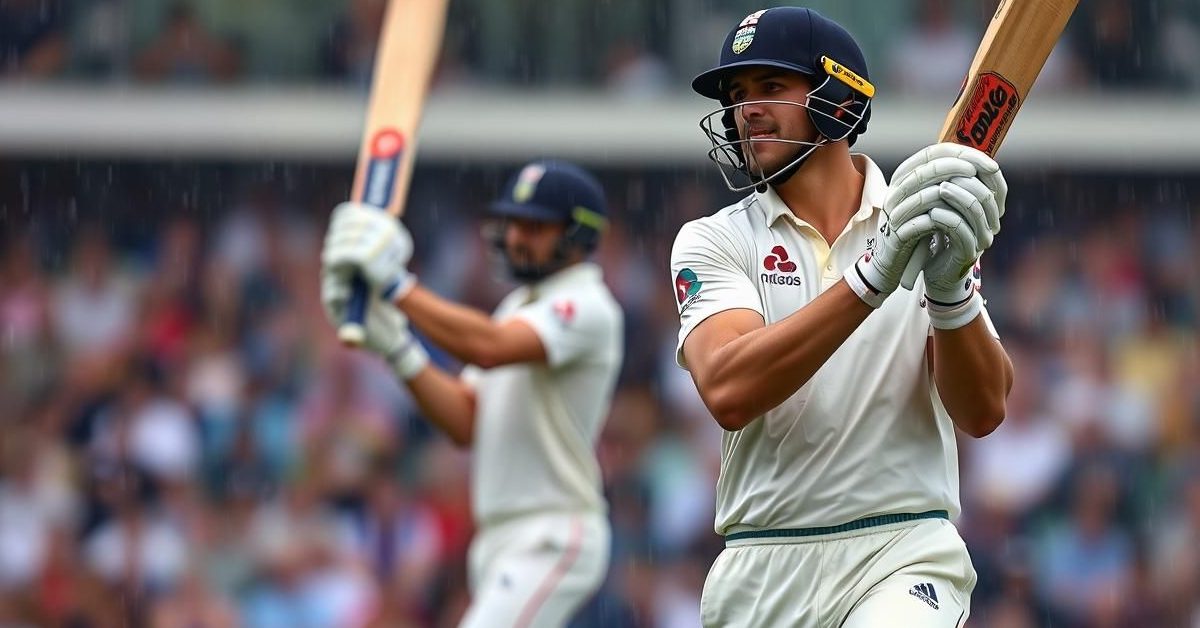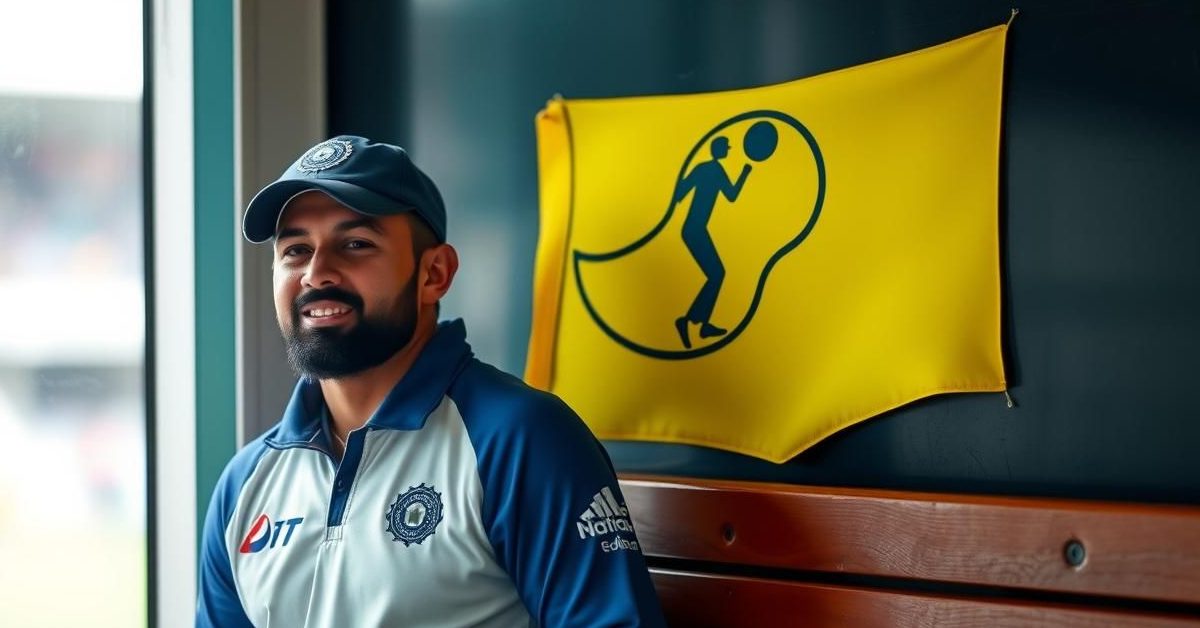Former Team India strength and conditioning coach Soham Desai shares insights into managing top cricketers, player fitness, and the unique approach needed for stars like Jasprit Bumrah.
Building a Culture of Fitness
Soham Desai, who spent five years with Team India, highlights his success in developing young talent from their India A days. He focused on making players self-aware and autonomous, teaching them to prioritize recovery and adopt elite lifestyles.
His efforts paid off, with 100% player availability across four consecutive ICC tournaments since 2022. This required meticulous planning, often 6-12 months in advance, to ensure players peaked for major games.
The Jasprit Bumrah Strategy
Managing a unique talent like Jasprit Bumrah requires a special approach, according to Desai. Having worked with Bumrah since his 2014 ACL injury, Desai emphasizes a long-term, consistent vision.
He suggests that Bumrah, a valuable asset, needs to be handled smartly by a small, dedicated team. The goal is to prepare him for “surgical strikes” a few times a year, preserving his fitness and impact.
Kohli vs. Rohit: Fitness Philosophies
Desai sheds light on the fitness approaches of two Indian cricket giants. He defends Rohit Sharma against assumptions that he doesn’t work hard, pointing out that leading at the highest level for years without significant breaks isn’t achieved by chance.
Virat Kohli, on the other hand, is hailed as a “model athlete” and an honor to coach. Both captains shared the vision to dominate world cricket, though they pursued it with different methods.
Navigating Player Workload
Managing player workload in Indian cricket comes with immense pressure to play everyone. Desai’s job was to present data-driven plans to the captain and coach, ensuring players were strategically rested for important assignments.
He praises Rohit Sharma and Rahul Dravid for understanding the “bigger picture” and supporting these crucial decisions, prioritizing long-term player health and performance.
Strategic Bowler Management in England
Desai recalled a challenging moment during the 2021 Test tour of England. Despite then-coach Ravi Shastri’s desire for all fast bowlers to play all five Tests, Desai proposed a more nuanced plan.
He suggested optimizing Mohammed Shami and Ishant Sharma for 3 out of 5 games, Umesh Yadav and Bumrah for 4 out of 5, and Mohammed Siraj for all five. This plan aimed to maximize each bowler’s impact at specific venues, ensuring they operated at 100%.
Shastri’s Directness vs. Dravid’s Detail
Comparing the coaching styles, Desai notes Ravi Shastri was precise and direct in his requirements, trusting his support staff to execute. He maintained a close watch on everything.
Rahul Dravid, conversely, preferred detailed discussions, explaining the team’s vision and how each role contributed. He was more involved in the overall operation, always receptive to input from his team.
Anticipating and Preventing Injuries
Desai explains that while predicting injuries is difficult, anticipating them is possible. His long history with many players allows him to identify subtle “giveaway signs” of fatigue or potential issues, such as specific muscle tightness.
He observes how players move and perform under fatigue, using these insights along with data to make informed decisions about their well-being.
The Role of Technology
Technology like GPS and health bands play a vital role. GPS tracks running data – total distance, speed zones, and high-speed efforts – giving insights into a player’s daily workload.
Health bands make players more accountable, providing data on strain, recovery, sleep, and heart rate. This information helps tailor individual recovery plans and modify warm-ups for the next day, optimizing performance.
- Player management requires a deep understanding of individual athletes and their unique needs.
- Strategic resting and workload management are crucial for player longevity and peak performance.
- Technology and detailed data analysis are key tools, but human observation and trust remain essential.
- Coaching diverse individuals requires adaptability and a focus on building strong relationships.
Desai’s tenure highlights the intricate balance of data, human connection, and strategic planning required to keep a top cricket team performing at its best.













